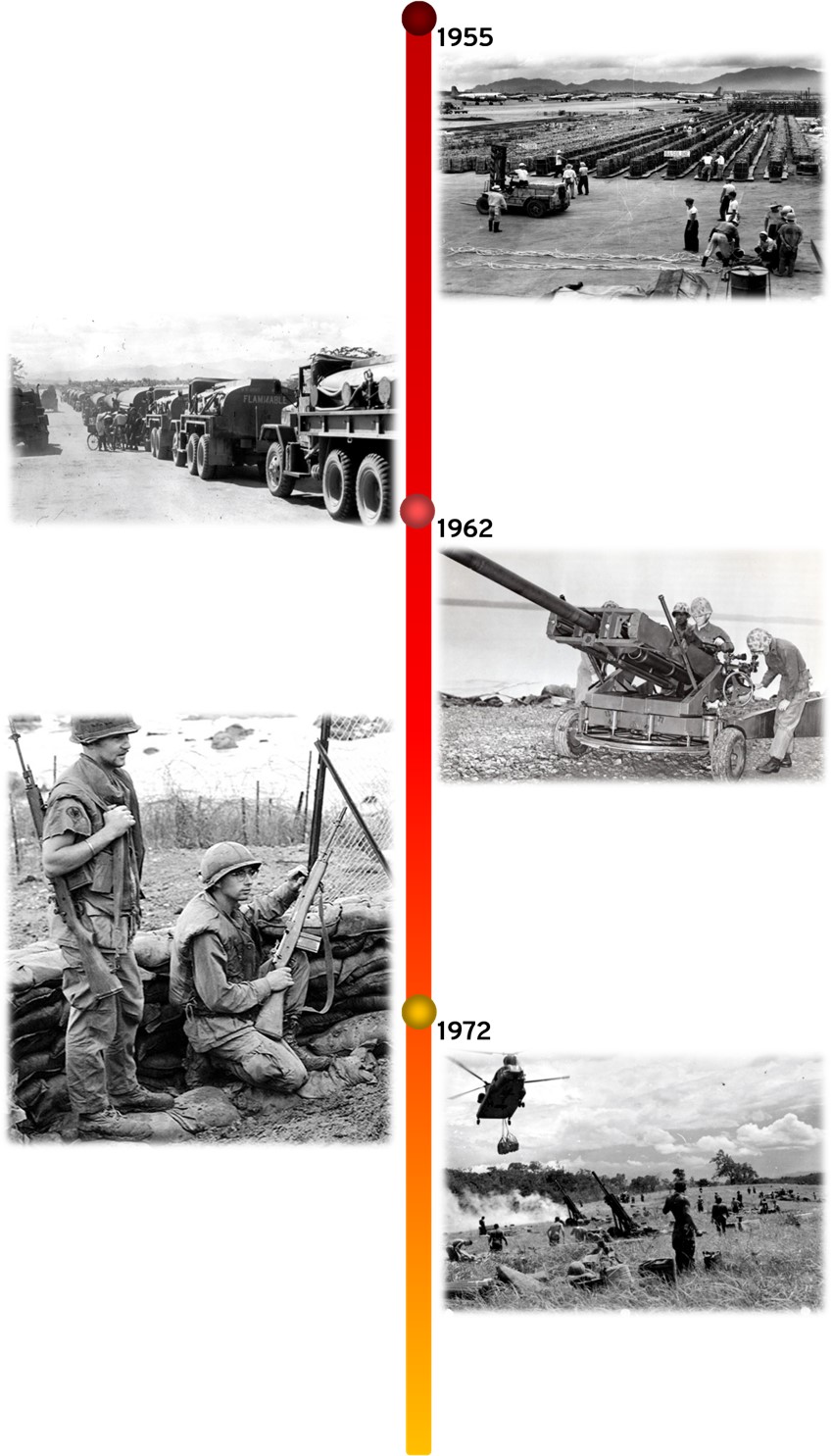 |
In 1955, Ordnance Weapons Command (OWC) was established as a “culmination of prodigious experience and planning.” The command was created to reorganize the Ordnance Department along the lines of commodities to streamline start-to-finish research and development, testing, production, fielding, and maintenance.
In 1962, following the transfers of installations and missions, the OWC changes its mission focus. OWC transforms into Weapons Command (WECOM) in the July-August timeframe, specializing still in the commodity of weapons research, development, testing, and production. During its first year of operation, WECOM is responsible for and manages projects such as the M14, AR15, the Davy Crockett Recoilless Rifle, the Sheridan Weapon System, and the XM70 Rocket Launcher. WECOM provided joint support to the U.S. Navy, and U.S. Air Force at this time through their Weapons Research Laboratory (WRL) and Artillery Systems Laboratory (ASL). The WRL is transferred to Rock Island Arsenal in 1973 and is subsequently renamed the “Thomas J. Rodman Laboratory.”
Prior to this transfer, in 1972, the Army Materiel Command (AMC, established in 1966) had established a structure for Standard Commodity Commands (SCC) to more compartmentalize and specialize the capabilities of research and manufacturing. The larger portion of the former WECOM transformed itself into Munition Command (MUCOM) in 1974, accepting responsibility for larger weapons and ordnance systems. The small arms mission formed the nucleus of the new Armament Command (ARMCOM) at the same time. Shortly thereafter, ARMCOM split into two new commands in 1977. The research and development mission became the Armament Research and Development Command (ARRADCOM), while the logistics mission was given to the new Armament Materiel Readiness Command (ARRCOM). ARRCOM’s mission was to exercise logistics management to include procurement, production, engineering, quality assurance, and integrated support. However, in 1983 it was decided that both command mission sets required a single commander to oversee the life cycle support necessary, thus Armament Munitions and Chemical Command was established through the remerger of these two commands.
|